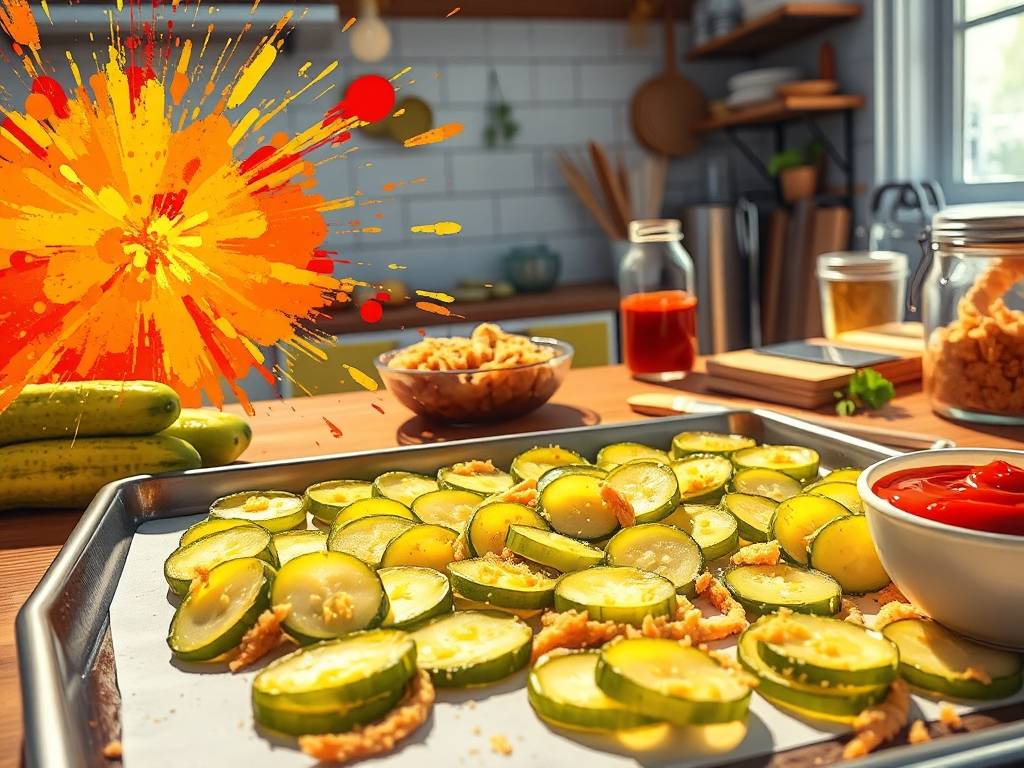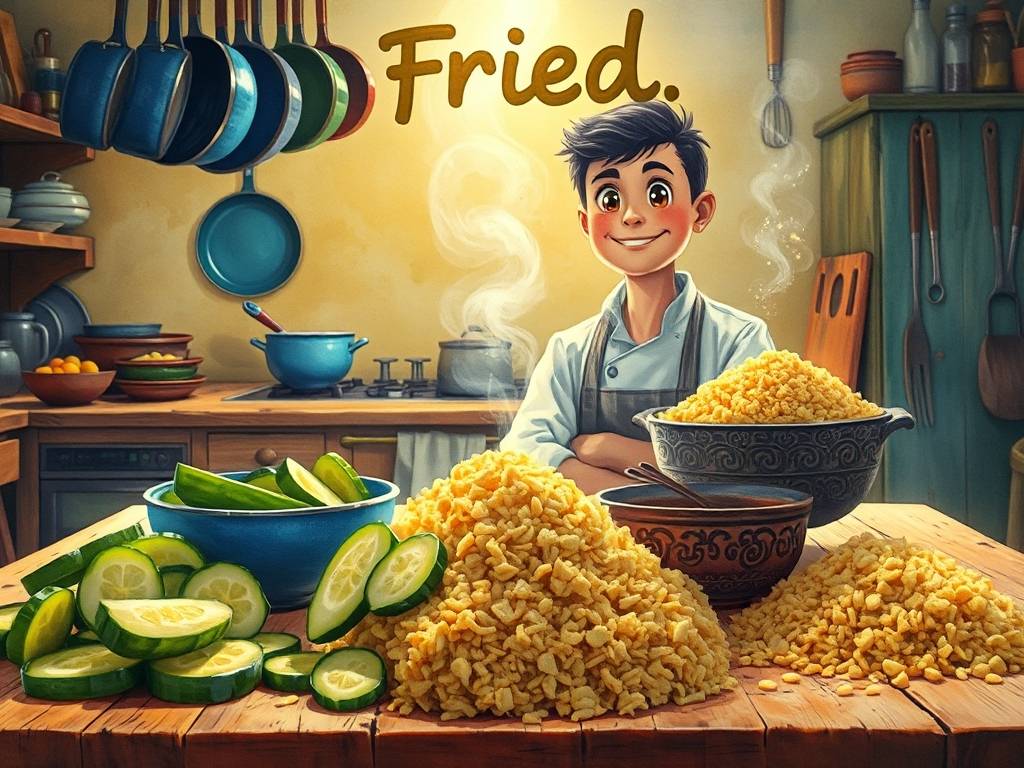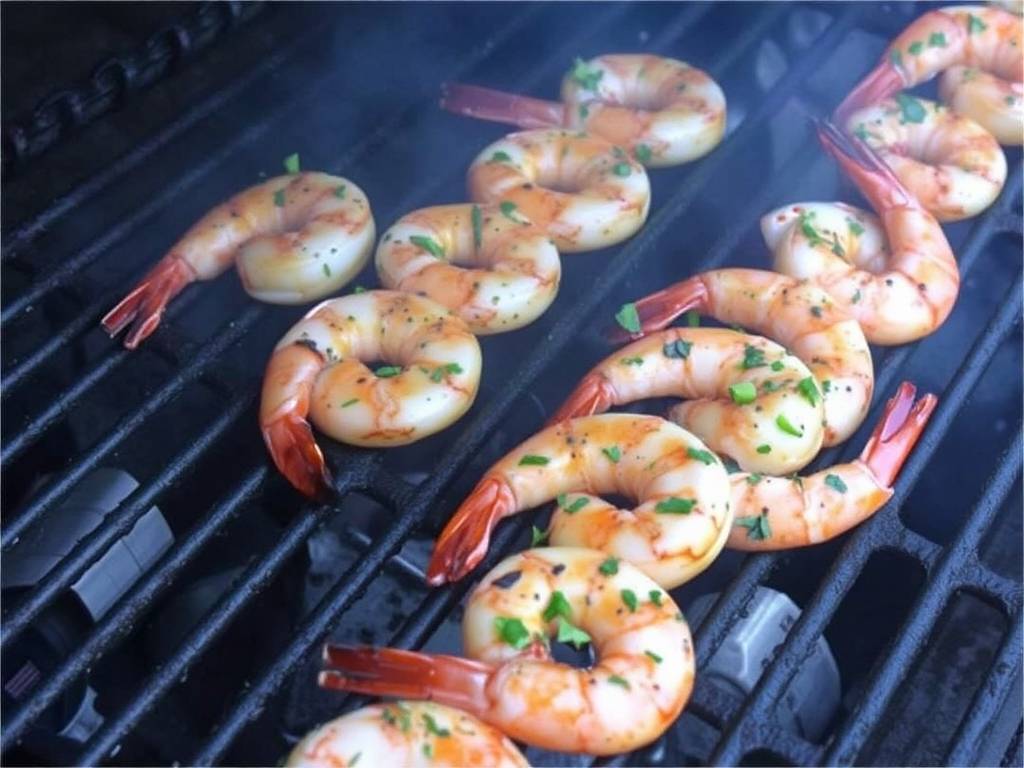The Ultimate Guide to Making Perfectly Crispy Fried Pickles
There's something irresistibly satisfying about the combination of tangy, briny pickles encased in a golden, crispy crust. Fried pickles have evolved from Southern specialty to nationwide comfort food favorite, appearing on menus from casual diners to upscale gastropubs. While they might seem like a simple bar snack, achieving that perfect balance of crunch and flavor requires technique and understanding. This comprehensive guide will walk you through creating restaurant-quality fried pickles in your own kitchen.
Understanding the Components
Choosing Your Pickles
The foundation of any great fried pickle is, unsurprisingly, the pickle itself. Not all pickles are created equal when it comes to frying. Dill pickles are the traditional choice, offering that characteristic tang that contrasts beautifully with the crispy coating. Look for firm, crisp pickle slices that hold their shape well - typically about ¼ inch thick. Avoid overly soft or mushy pickles, as they'll become watery during frying. Some enthusiasts prefer bread and butter pickles for their slight sweetness, while others swear by spicy pickles for an extra kick. Whichever you choose, ensure they're thoroughly drained and patted completely dry with paper towels. This crucial step prevents oil splatter and ensures proper adhesion of your coating.

The Coating Conundrum
The coating is what transforms a simple pickle into a textural masterpiece. While breadcrumbs create an exceptionally crispy exterior, many recipes offer alternative approaches. The classic method involves a three-step process: flour dredge, egg wash, then breadcrumb coating. For breadcrumbs, panko-style creates the lightest, crunchiest texture, while regular breadcrumbs offer a denser crunch. Season your breadcrumbs generously with paprika, garlic powder, onion powder, and a pinch of cayenne for depth of flavor. Some cooks prefer a batter approach using flour, cornstarch, and seasonings mixed with liquid (often buttermilk or beer) for a different texture experience. The batter method creates a more uniform coating that adheres to the pickle's contours.

The Art of Frying
Frying is where the magic happens, transforming your prepared pickles into golden perfection. The temperature of your oil is critical - aim for 375°F (190°C). Use a deep-fry thermometer to monitor this precisely. Too hot, and your coating will burn before the pickle heats through; too cool, and you'll end up with greasy, soggy pickles. Peanut oil, vegetable oil, or canola oil work well with their high smoke points and neutral flavors. Fry in small batches to maintain oil temperature and prevent pickles from sticking together. Each batch should take just 2-3 minutes to achieve that beautiful golden-brown color. Remove with a slotted spoon or spider strainer, allowing excess oil to drip back into the pot before transferring to a wire rack set over a baking sheet. This setup keeps them crispy all around rather than becoming soggy on one side.
Step-by-Step Preparation
Ingredients You'll Need:
- 1 jar (16 oz) dill pickle slices, thoroughly drained
- 1 cup all-purpose flour
- 2 teaspoons seasoned salt
- 1 teaspoon paprika
- ½ teaspoon garlic powder
- ½ teaspoon black pepper
- 2 large eggs
- 2 tablespoons milk
- 2 cups panko breadcrumbs
- Oil for frying (about 4 cups)
- Ranch dressing or your favorite dipping sauce
Detailed Instructions:
Begin by setting up your coating station. Use three shallow dishes: one for flour mixed with half your seasonings, one for eggs beaten with milk, and one for breadcrumbs combined with the remaining seasonings. Take your thoroughly dried pickle slices and dredge them in the flour mixture, shaking off excess. Dip next into the egg mixture, allowing any excess to drip off, then press firmly into the breadcrumbs, ensuring complete coverage. Place coated pickles on a parchment-lined baking sheet as you work.
Heat your oil in a heavy-bottomed pot or Dutch oven to 375°F. Carefully lower pickles into the hot oil using tongs or a spider strainer, working in batches of 6-8 slices to avoid overcrowding. Fry for 2-3 minutes until golden brown, turning occasionally for even cooking. Remove from oil and drain on the wire rack immediately. Season lightly with salt while still hot.
Serve your fried pickles immediately with cool, creamy ranch dressing or your favorite dipping sauce. The contrast between the hot, crispy exterior and cool dipping sauce is part of what makes this snack so addictive.
Troubleshooting Common Issues
Even with careful preparation, sometimes things don't go perfectly. If your coating is falling off, your oil might be too cold, or your pickles might not have been dried thoroughly enough. Soggy pickles often result from overcrowding the fryer or insufficient oil temperature. If your breadcrumbs are burning before the pickles are cooked through, your oil is too hot. Remember that the pickles just need to be heated through since they're already technically "cooked" from the pickling process.
For a healthier alternative, you can bake your breaded pickles at 425°F for 15-20 minutes, flipping halfway through. While they won't achieve the same level of crispiness as deep-frying, spraying them lightly with cooking oil before baking will help create a respectable crust.
Creative Variations
Once you've mastered the basic technique, feel free to experiment! Try using zucchini chips or green tomato slices for a seasonal variation. Add different spices to your breadcrumb mixture - cayenne for heat, smoked paprika for depth, or even some grated Parmesan cheese for umami richness. For an extra-crispy version, some cooks double-dip their pickles in the egg and breadcrumb mixture.
The beauty of fried pickles lies in their simplicity and versatility. They're perfect for game day gatherings, casual parties, or simply when that craving for something crispy and tangy strikes. With practice, you'll develop your own signature approach to this Southern classic, maybe even creating a family recipe that gets requested at every gathering. The crunch of the exterior, the burst of briny flavor, and the cool creaminess of the dipping sauce create a sensory experience that keeps people coming back for just one more piece.






发表评论